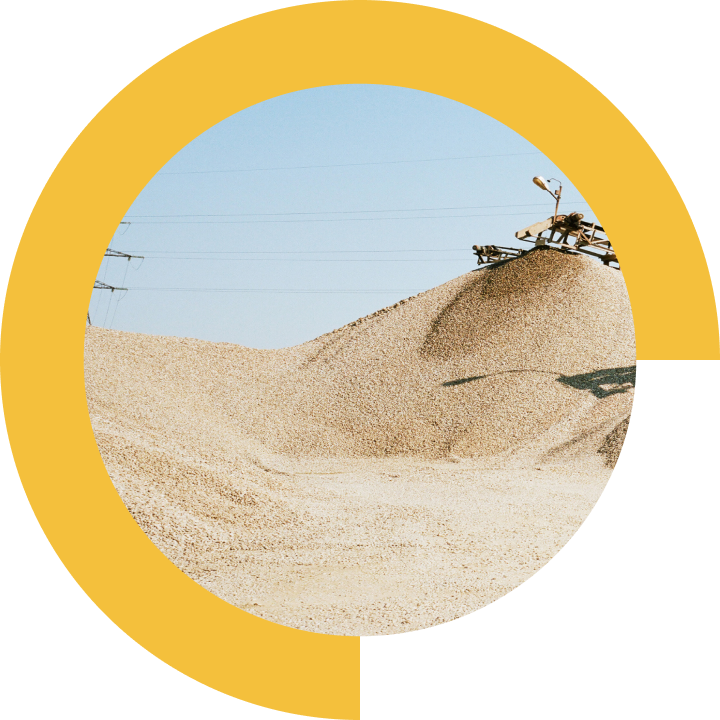Covering the entire value chain, Secil Group views recycling, namely the use of demolition waste from buildings and infrastructures, as a way of reducing the use of new aggregates, decreasing the use of virgin materials and the environmental costs arising from the exploration and transportation of waste to landfill.
We have also developed a range of coating and thermal insulation products, which improve the energy efficiency of buildings, and we use by-products from other industries, such as the cork industry, to manufacture, for example, mortars and lightweight concrete with cork.
-
366 315 t
2018 -
319 070 t
2019
The Secil Group and the circular economy
The exploitation of natural resources
Production of clinker and cement
Production, and use of concrete and cement-based products
End of life
The exploitation of natural resources
Production of clinker and cement
Production, and use of concrete and cement-based products
End of life
The exploitation of natural resources
Production of clinker and cement
Production, and use of concrete and cement-based products
End of life
The exploitation of natural resources
Production of clinker and cement
Production, and use of concrete and cement-based products
End of life
PARTNERSHIP CIRCULARITY
Secil Agregados and The Navigator Company synergy
In Portugal, Secil Agregados, in partnership with The Navigator Company and Arfil, has started to receive the sands resulting from the process of thermal energy production in the biomass boilers of the pulp and paper industry.
This partnership has made it possible to reduce the quantity of raw material extracted to enter the production process, in addition to extending the useful life of these sands, which were previously considered waste.






